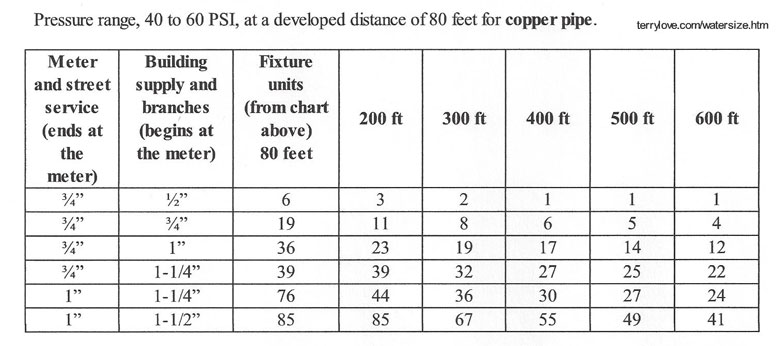esmith
New Member
We just demolished a 60 year old home and are building a new house. We found that the supply pipe from the city water supply is 1.5" galvanized. It looks to be in pretty good shape, but has some evidence of internal and external corrosion. It's about a 270' run to the meter near the street and about half of this is in an easement, but under the neighbor's extensively landscaped yard. Would it be possible to use this pipe as conduit and run a pex pipe inside it? Or do you have any other suggestions? Thanks, Ed



